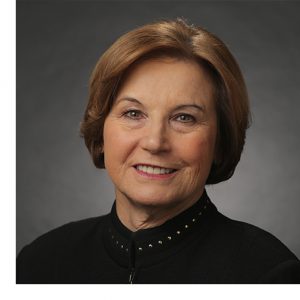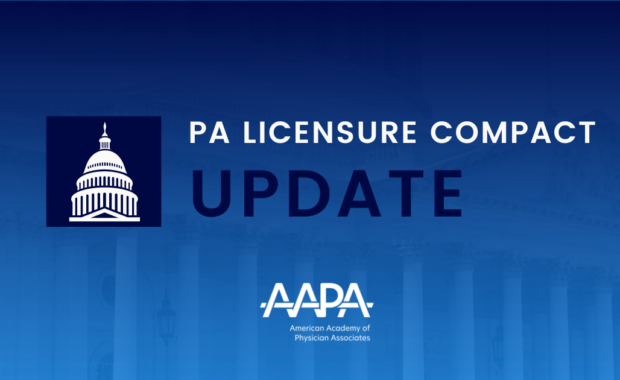Why Employers Should Care About Wage PArity
Jennifer L. Dorn, AAPA CEO, Interviews Wage Parity Expert
December 1, 2017

AAPA CEO
Even after controlling for factors such as hours worked, specialty, experience, and other career variables, female PAs are paid 93 cents for every $1.00 that male PAs are paid, on average, according to the 2017 AAPA Salary Report. In effect, this disparity means that on December 4, 2017, female PAs start working for free for the rest of the year. AAPA has established Dec. 4 as Wage PArity Day to raise awareness about the issue, which is not only important to PAs but also to employers.
I recently had the opportunity to talk to Cari Dominguez, ManpowerGroup Director, about the issue of wage parity for female PAs. Dominguez is a management and employment expert and the former Chair of the U.S. Equal Employment Opportunity Commission. She has also served as the Assistant Secretary of Labor for Employment Standards and Labor Management and the Director of the Office of Federal Contract Compliance Programs for the U.S. Department of Labor. She was responsible for creating, launching and leading the U.S. Labor Department’s Glass Ceiling Initiative, designed to remove invisible barriers in the workplace.
Dorn: Why should employers care about gender pay parity in the workplace?
Dominguez: Employers are increasingly focused on and concerned about pay issues. Equity and inclusion in the workplace have become a business imperative. With the growing demand for talent, a key issue for them is retention. Making sure people feel valued is central to that. Employees must feel they’re getting paid fairly, paid what they’re worth: “Tell me what you are paid compared to your peers, and I’ll tell you your value to the organization.” Pay equity is fundamental to this.

ManpowerGroup Director and former chair EEOC
Dorn: How are employers changing the way they recruit and negotiate salary?
Dominguez: Everyone wants to be treated fairly, and with dignity and respect. If employers for PAs want to attract the best, especially in a competitive marketplace like healthcare, they must be seen as fair. Employers are also becoming more transparent about that. There is nothing worse for an employer than for someone to tweet ‘I’m getting paid less than the other guy’.
Employers are starting to disregard the salary history and starting to ask themselves, what is this job worth? Historically, women have been underpaid. When they come into a new employer, they are valued differently because of that history. Ironically, because they were mission-driven, middle-aged women have tended to perpetuate this pay gap. Millennials are mission-driven, too, but they want to be paid their value – the worth of their position. And now a number of states are prohibiting recruiters from asking salary history because that perpetuates the pay disparity.
Dorn: How are men and women different when it comes to negotiating salary?
Dominguez: Going into negotiation, men typically say ‘This is what it will take for me to jump into an organization’. They are not afraid to ask for the moon! Women are concerned that if they ask for more, then they will not get the job at all. If you have a woman coming into an organization making 10 percent less already, and then her male counterpart gets a 20 per cent bump in pay, and she only gets a 10 percent increase, the gap continues to grow.
Dorn: What professions have the largest disparities and how can we close the gap?
Dominguez: Teaching and healthcare professions have the largest history of pay disparity. If you attract males to a female-dominated profession it has been shown to improve salaries across the board and provides an opportunity to equalize salaries. Ironically, at Loma Linda University Health where I was senior vice president of talent, we instituted an affirmative action program to recruit more men in occupations where women were concentrated, in order to improve the salaries for everyone! We helped to close the gap.
Thank you for reading AAPA’s News Central
You have 2 articles left this month. Create a free account to read more stories, or become a member for more access to exclusive benefits! Already have an account? Log in.



